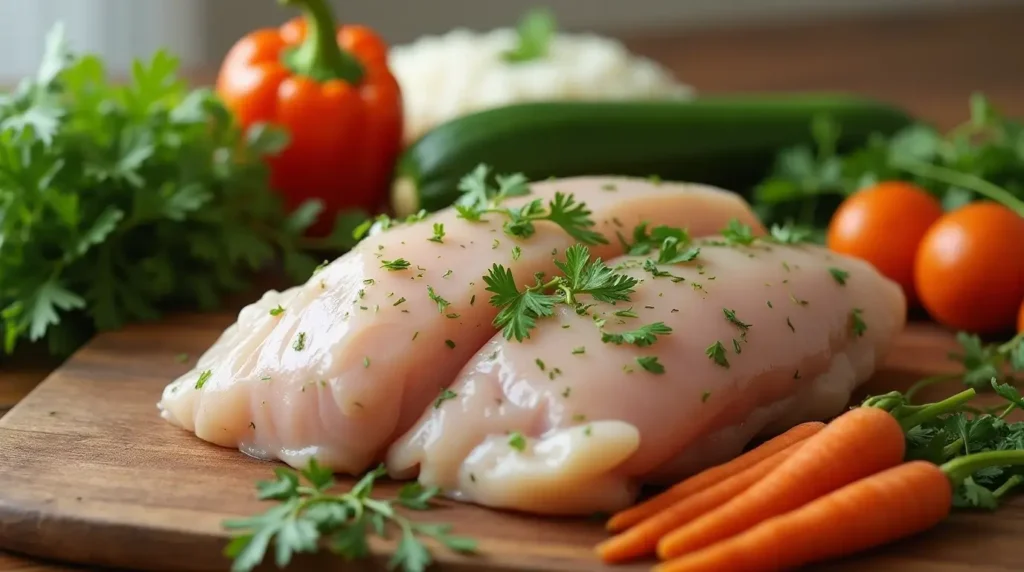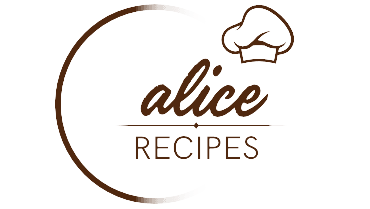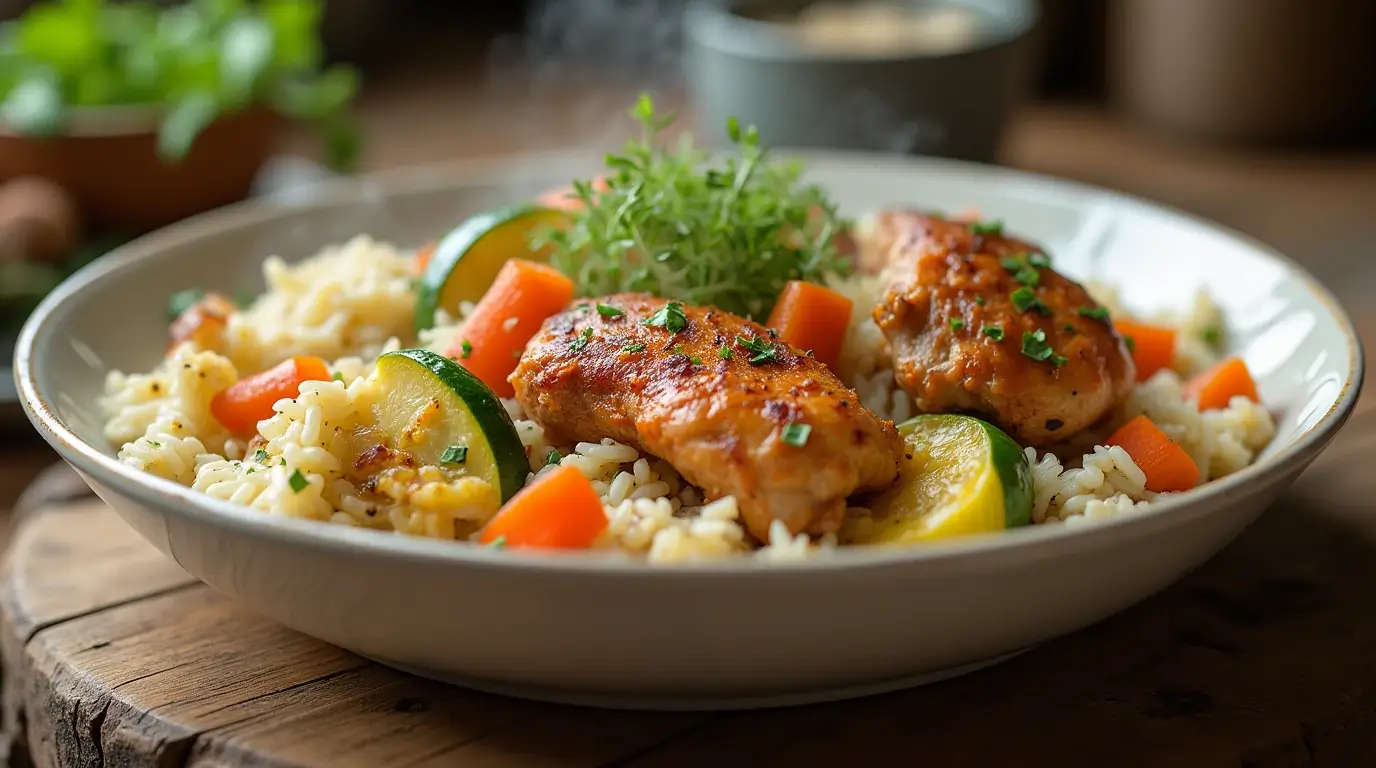Table of Contents
Table of Contents
Introduction to Low Histamine Recipes
If you are searching for low histamine recipes that are both delicious and comforting, you’ve come to the right place. Whether you’re dealing with histamine intolerance or simply seeking lighter, gentler meals, understanding how to create low histamine dishes can greatly impact your overall well-being. In this article, we’ll explore the origins and history of low histamine cooking, learn about the essential ingredients, discuss step-by-step preparation, and delve into common mistakes to avoid. You’ll also find helpful tips, answers to frequently asked questions, and other useful information to ensure your cooking experience is both educational and enjoyable.
By the end of this comprehensive guide, you’ll have a deeper understanding of low histamine recipes, how they’re prepared, and how to adapt them to your personal needs. Let’s dive in!
Origins and History of Low Histamine Cooking
What is “low histamine cooking”?
Low histamine cooking is a practice that aims to minimize the amount of histamine in foods consumed. Histamine is a naturally occurring compound found in various foods and produced by the body as part of its immune response. While histamine typically has beneficial roles, some individuals experience intolerance or heightened sensitivity, leading to symptoms such as headaches, rashes, digestive issues, and general discomfort. These issues have encouraged many people to seek out low histamine recipes in order to manage their dietary needs and overall health better.
Cultural Connections and the Evolution of Low Histamine Recipes
Although the concept of histamine intolerance has only become widely recognized in recent decades, the notion of cooking with gentle, soothing ingredients has existed in various cultures for centuries. Traditional cuisines across the world incorporate fresh, minimally processed foods to promote wellness.
- In East Asian traditions, lightly steamed vegetables and fresh rice are seen as gentle on the stomach.
- Mediterranean diets emphasize fresh produce, fish, and healthy fats, which can be low in histamine when carefully selected.
- Indigenous cultures globally rely on seasonal, local foods that are less likely to be fermented or aged, thus naturally aligning with lower histamine levels.
Over time, the modern low histamine movement gathered momentum thanks to medical awareness, shared knowledge in online communities, and an increasing demand for specialized diets. Many contemporary chefs have embraced the challenge of making flavorful low histamine recipes that appeal not only to those with histamine intolerance but also to a broader audience seeking lighter, cleaner meals.
Ingredients
Creating successful low histamine recipes begins with choosing the right ingredients. Below is a straightforward list of foods commonly included in such preparations. Keep in mind that individual tolerance can vary, so always listen to your body’s reactions and consult with a medical professional if you have specific concerns.
- Fresh Proteins
- Chicken (fresh, not aged or smoked)
- Turkey
- Fresh fish like trout or cod (avoid canned or smoked varieties)
- Rabbit or lamb (if tolerated)
- Fruits (usually lower in histamine)
- Pears
- Apples
- Melons (cantaloupe, watermelon)
- Mango (some individuals may be sensitive, so test in small amounts)
- Blueberries
- Vegetables
- Zucchini
- Cucumbers
- Lettuce (e.g., butter lettuce, romaine)
- Carrots
- Bell peppers (lighter colors may be tolerated better than red)
- Green beans
- Broccoli (if tolerated; some may find it triggers symptoms)
- Carbohydrates
- White rice or quinoa
- Pasta made from simple, low-allergen grains (rice, corn, or gluten-free options)
- Potatoes (white or sweet)
- Oats (gluten-free if needed)
- Dairy Alternatives
- Coconut milk or almond milk (check labels for additives)
- Plain yogurt from coconut or other nut milks (if tolerated)
- Fats & Seasonings
- Cold-pressed olive oil or coconut oil
- Fresh herbs (basil, parsley, cilantro)
- Mild spices (dried herbs, a pinch of salt)
- Avoid fermented sauces (soy sauce, vinegar) and aged cheeses
- Optional Additions
- Low-histamine sweeteners like maple syrup or certain sugar alternatives (always read labels)
- Alternative flours (tapioca, arrowroot) for thickening sauces

When selecting your ingredients, always prioritize fresh, unprocessed items. For instance, fresh poultry is typically lower in histamine than meat that has been stored or processed for a while. If you’re sensitive to a specific item on this list, explore substitutions. For example, if broccoli triggers symptoms, try green beans or zucchini instead. Likewise, if certain fruits are problematic, opt for milder counterparts such as pears or apples.
Preparation Steps for Low Histamine Recipes
Below is a simple example of how to prepare a basic low histamine dish—a comforting, nourishing one-pot meal featuring chicken, vegetables, and rice. This recipe typically takes around 40 minutes from start to finish.
- Gather Your Ingredients
Tip: Rinsing the rice can help remove extra starch, giving it a cleaner taste. It also helps the grains cook more evenly.
- Sauté the Chicken
Tip: Avoid overcooking or allowing the meat to sit out once browned, as histamine levels can rise over time.
- Add Vegetables
Tip: Keep heat moderate; excessive heat can degrade some nutrients and potentially alter the dish’s flavors.
- Incorporate Rice and Liquids
- Pour in the rinsed rice and stir for 30 seconds.
- Slowly add water or freshly made chicken stock.
- Bring the mixture to a gentle boil, then reduce the heat to low and cover the pot.
Tip: To maintain a lower histamine profile, avoid using store-bought stock that may contain yeasts or other high-histamine ingredients.
- Simmer and Finish
Tip: Fresh herbs add flavor without relying on high-histamine condiments. Parsley and basil are common favorites in low histamine recipes.
At this point, your nourishing low histamine meal is ready to enjoy! Pair it with a simple green salad dressed in olive oil and a pinch of salt for a wholesome lunch or dinner.
Common Mistakes or Pitfalls to Avoid
- Using Processed Ingredients
- Many “convenience” products (e.g., canned tomatoes, pre-cooked meats) contain preservatives or have been stored for an extended time, raising their histamine levels.
- Solution: Always choose fresh, minimally processed products.
- Overcooking Meats
- Leaving meats on the stove for too long or repeatedly reheating can increase histamine formation.
- Solution: Cook just until done and avoid multiple reheats. Plan your portions carefully.
- Storing Leftovers for Too Long
- Histamine builds up over time, even in the refrigerator.
- Solution: Consume leftovers promptly—ideally within 24 hours—or freeze them immediately if you plan to keep them longer.
- Relying on Fermented or Aged Products
- Fermented sauces, cheeses, and cured meats are typically high in histamine.
- Solution: Seek fresh herb blends, natural seasonings, and gentle flavors instead of vinegars, soy sauce, etc.
- Skipping Ingredient Labels
- Even “healthy” labeled foods can include additives or hidden ingredients.
- Solution: Be diligent about reading labels, especially with dairy alternatives, gluten-free products, or packaged snacks.
Additional Tips and Advice for Low Histamine Recipes
- Flavor Variations
- If you want to explore other flavor profiles, consider mild seasonings like ginger or some fresh garlic (if tolerated).
- Experiment with fresh herbs like thyme or rosemary to add depth without triggering symptoms.
- Low Histamine Breakfast Ideas
- A simple oatmeal porridge made with water or an additive-free almond milk can be topped with fresh pears or apples.
- Smoothies with low histamine fruits (e.g., blueberries, pears) can be a refreshing option.
- Serving Suggestions and Presentations
- Serve your main dish in a shallow bowl and top with fresh herbs for a restaurant-inspired presentation.
- Garnish with thinly sliced cucumber or a swirl of coconut yogurt for added color and creaminess.
- Experimentation is Key
- Everyone’s histamine tolerance is different. Use trial and error to figure out which ingredients work best for you.
- Keep a food journal to track symptoms and tolerance levels, adjusting recipes accordingly.
- Looking for More Inspiration?
- For variations of healthy, comforting meals, also check out Gentle Vegetable Stew recipe on alice-recipes.com.
- If you prefer poultry-based dishes, consider Lemon Chicken Bake recipe on alice-recipes.com for additional ideas that can be adapted for lower histamine needs.
FAQ – Frequently Asked Questions About Low Histamine Recipes
Below are some common questions readers often have regarding low histamine recipes and lifestyle choices.
- What exactly is histamine, and why is it a problem?
- Histamine is a compound involved in immune responses and digestion. While it’s beneficial in normal amounts, those who have histamine intolerance or reduced ability to break down excess histamine can experience negative reactions like headaches, skin rashes, or digestive issues.
- Can I still use spices in low histamine cooking?
- Mild spices are typically fine (e.g., certain dried herbs, ginger, or turmeric), but hot peppers, chili powder, or spicy seasonings can be problematic. Monitor your tolerance and introduce new spices slowly.
- Is freezing food a good option if I can’t eat it all at once?
- Yes, freezing can help slow histamine formation. It’s a good strategy to prepare meals in batches and freeze them in individual portions. Thaw only what you need.
- Do I have to give up fermented foods entirely?
- For many people with histamine intolerance, fermented foods (kimchi, sauerkraut, yogurt) are triggers. However, tolerance can vary. If you react strongly, it’s best to avoid them or consume in very small quantities.
- Are gluten-free products automatically low histamine?
- Not necessarily. Gluten-free products can still have high-histamine or histamine-triggering ingredients like certain gums or starches, so always check labels.
- How quickly can I expect to see improvements if I switch to low histamine recipes?
- This varies by individual. Some people notice improvements within a few days, while others may require several weeks of consistent low histamine eating to see a difference.
- Can I dine out or travel while following a low histamine diet?
- Yes, but it requires planning. Research restaurants with flexible menus, request fresh ingredients, and communicate dietary restrictions to the staff. Carry safe snacks in case options are limited.
Other Useful Information
Nutritional Value
- A balanced low histamine meal provides proteins, carbohydrates, healthy fats, and a variety of vitamins and minerals. Including fresh vegetables and fruits supplies essential micronutrients.
- Be sure to balance your meals with adequate protein (from chicken, fish, or legumes if tolerated), fiber (whole grains, veggies), and healthy fats (olive oil, coconut oil).
Cultural Anecdotes Around Low Histamine Foods
- Many traditional diets emphasize fresh, local, and in-season produce—naturally aligning with low histamine cooking principles. This approach can be seen in various Mediterranean and Asian cuisines, which often prioritize fresh vegetables and quick cooking methods.
Recommended Utensils & Equipment
- Non-Stick or Stainless-Steel Pan: For lightly sautéing chicken and vegetables without over-browning.
- Sharp Knife: Ensures quick, clean cuts, minimizing the time your fresh ingredients are exposed to air (potentially preventing histamine buildup in some sensitive foods).
- Freezer-Safe Containers: Ideal for promptly storing leftovers and preventing histamine accumulation.
Learn More and Get Inspired
For more scientific insight into histamine and related dietary considerations, consider visiting the National Library of Medicine for up-to-date research and articles on histamine intolerance.
Conclusion: Embrace the Benefits of Low Histamine Recipes
Preparing and enjoying low histamine recipes can be both simple and deeply rewarding. By selecting fresh ingredients, avoiding high-histamine foods, and paying attention to how you cook and store meals, you’ll create delicious, wholesome dishes that support your well-being. Whether you’re new to low histamine cooking or simply exploring new meal ideas, remember that experimentation is key. Keep track of what works for your body, stay informed, and don’t be afraid to try innovative ingredient swaps or cooking methods.
We’d love to hear about your experiences! Feel free to share your thoughts, ask questions, and let us know how your own low histamine culinary adventure unfolds. Comment below, share this article with fellow cooking enthusiasts, and help spread the word about the value of low histamine meals. Your feedback and shared stories can inspire others on the same journey, guiding them toward a happier, healthier relationship with food. Bon appétit!

